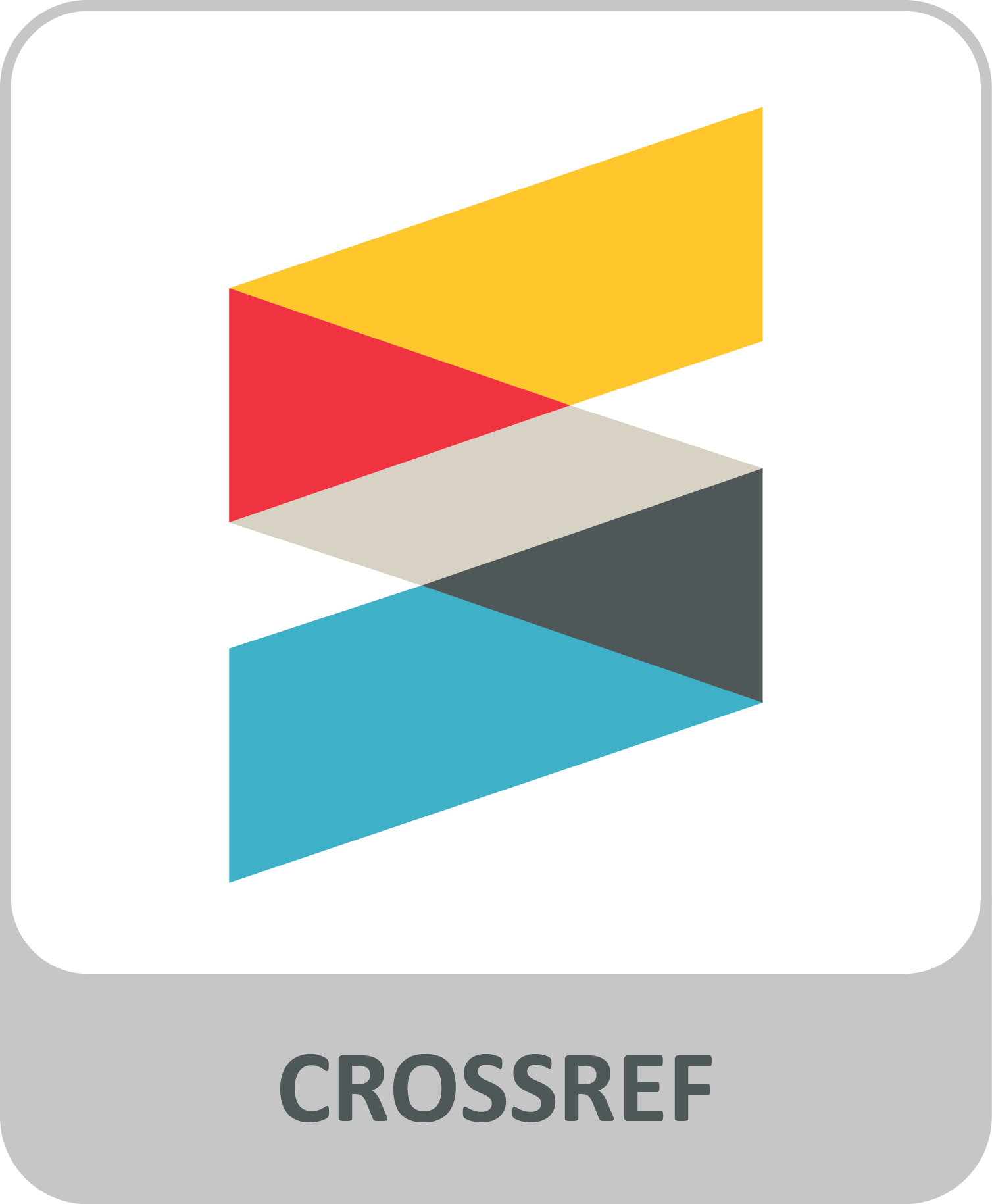
Information for authors
The Journal of Language and Aging Research (JLAR) invites the submission of original research reports. The submission must be unpublished original work and may not simultaneously be under consideration for publication in another journal or in a book. Manuscripts that have appeared in an earlier version in a working papers volume may be submitted to the journal. In cases where all or part of a submission is an English translation of an article or chapter that was previously published in another language, please contact the editors prior to submission.
Manuscripts should be submitted online using the portal available on the journal’s website. There are two parts to the submission, one of them the manuscript itself and the other an informational document. They should conform to the following guidelines.
Downloadable version for offline use: JLAR information for authors (version 2.0, 2023-11-16)
Language
- Manuscripts should be written in English. When including examples (or other items) in languages other than English, please also include an English translation (see below for more on this).
- The journal uses American English spelling and punctuation conventions; an initial submission need not conform to these, but the final version will need to.
- As appropriate, you may wish to have your paper checked by a reader who is familiar with the norms of academic English to ensure that the manuscript adheres to them.
Manuscript content and format
- Manuscripts should not normally exceed 10,000 words, including all notes, references, appendices, and the like. This is a flexible limit; however, if you wish to submit a manuscript that is significantly longer, be aware that the length must be justified by the content.
- Manuscripts should begin with a title at the top of the first page followed by a single-paragraph abstract of up to 200 words, a list of 5 key terms, and then the body of the article.
- The editors recommend including section headers in the body text; please number them beginning with 1, with subheadings of, e.g., 1.1 and under that 1.1.1 (Please do not use a fourth level of subheading, and do not provide a heading for the abstract or key terms.)
- Abstracts and articles are reviewed anonymously, and so you should not include any information in the article itself that clearly identifies any of the authors (e.g., “In our 2019 study, we found…”). Please, however, do not go so far as to eliminate your own name(s) in references, since that often has the opposite effect of making it clear who wrote the paper.
Manuscript elements
- Include all tables and figures in line with the body text, with works cited and appendices (if any) following it. Tables and figures should be captioned and also referenced in the body text.
- Use footnotes rather than endnotes; they should be numbered sequentially beginning with 1, marked with a superscripted numeral both in the body text and at the beginning of the note. Though we strongly suggest that footnotes be used sparingly, there are many cases in which they are appropriate, and so should not be avoided on principle. (Please do not include an “author’s note” in your submission; you will have the opportunity to add one if your submission is accepted.)
- You may choose to abbreviate references to languages, especially if you need to refer to them frequently. If you do, please follow ISO 639-2 standards.
- When referring to words or phrases as examples, please italicize them and if they are not in English, identify the language and give a translation following it in single quotes, for example: fra. exemple ‘example.’ Your translation may be a literal or a free translation or both, as appropriate.
References
- Except as directed below, please follow the 17th edition of the Chicago Manual of Style, with all citations and bibliographies using the “author-date” style. Please include persistent identifiers—e.g., DOI references—in bibliographies wherever possible. (For style-related questions, if you do not have access to the full style manual the editors recommend referring to the Purdue Online Writing Lab (2022).
- Please make sure that your references are consistent with the list of references in the bibliography. For the final version, we will ask you to provide us with a formatted list of BibTex-formatted references (*.bib).
- Do not include bare URLs in the body or notes of the paper. Instead, please create a reference for each webpage cited, with the full information including author/responsibility, title (version), date (year), place name and publisher/hosting institution.
- Please use sentence style (capitalize only the first word and proper nouns) for titles of books and articles, as well as in headings and subheadings. Use title case (capitalizing all content words) exclusively for the titles of journals in the bibliography. Please indicate the country if the place name used in the reference is ambiguous, using ISO 3166-2 codes, and 2-letter postal codes when necessary for US cities: e.g., Cambridge (US) vs. Cambridge (GB), Oxford (OH, US) vs. Oxford (MS, US) vs. Oxford (GB).
Informational document
You will also be asked to upload a separate document containing the following information, in this order:
You will also be asked to upload a separate document containing the following information, in this order:
- The title of the submission
- A short title of up to 30 characters (including spaces) that can be used as a running header (of course, if the title is short enough this may be identical to the full title)
- The name(s) and affiliation(s) of the author(s)
- ORCID IDs, if available, for all authors
- Contact information (email, postal address, and phone and/or fax number) for the corresponding author(s)
- A list of potential conflicts of interest for each author (if an author has none, please explicitly state so)
- If a grant funded the research in the article, please also include funding information including the funder name and grant number
- Please include an ethics statement, following the guidelines in the section on research ethics below
- You may, at your option, take the opportunity to suggest the names of up to 3 potential reviewers
- There is a Word template for your use when creating this document, if you wish.
Technical details
- Please use an easily legible Unicode font set to 12 points. The manuscript should be double-spaced, but the informational document need not be.
- Manuscripts should be submitted in Microsoft Word (DOCX) or rich text format (RTF) format. If there is special formatting that cannot reliably be transmitted in one of these formats, please contact the editors for assistance.
- Your paper will be typeset in LaTeX. If you wish, you can submit your paper as a LaTeX (TEX) file. If you do so, to ensure that formatting is retained please also submit a PDF version.
- For the manuscript, name the document with the short title.
- For the informational document, do the same thing but add the suffix “_inf” to the end of the document name.
- The submission system does not alter document properties. Please make sure that you maintain anonymity by removing your name from, e.g., the “author” field in Word.
- Please remember that your paper is published under a Creative Commons Attribution 4.0 International license. This has important implications for any content you use, which must be licensed for open access publication, as well.
Ethical standards and ethics statement
- The Journal of Language and Aging Research is committed to following the guidelines of the Committee on Publication Ethics (2023), and also expects our editors, authors, and reviewers to scrupulously adhere to the ethical guidelines in force wherever they are located. Information on how you dealt with ethical implications should be included in your paper, in the data section. Please provide, if necessary, related documents to the editors.
- Concerning ethical issues raised by the inclusion of human subjects, we encourage you to apply current initiatives of establishing and unifying ethical standards. At the same time, we account for the fact that JLAR addresses different sub-disciplines in linguistics with different research methods. As an example of a discussion of ethics in relation to linguistic research specifically (though set squarely in a British context), we refer authors to the British Association for Applied Linguistics Recommendations on Good Practice in Applied Linguistics (The British Association for Applied Linguistics 2021).
- In the spirit of Open Science, please include a data availability statement in the article. We support the FAIR principles initiative (Wilkinson et al. 2016).
A brief ethics statement will be included with the published version of your paper. Here are three options for explaining how you addressed the issue of ethical standards, depending on the nature of your data collection and analysis:
- You obtained the official approval of an ethics committee of your university or sponsoring institution (e.g., institutional review board, research ethics board, comité de protection des personnes). In this case, please include the institution and contact information for the board, as well as the title and/or reference number for the approval.
- You followed existing standards for participant protection and research ethics. In this case, please explain how you did so.
- If the above aren't applicable, please briefly answer the relevant “key questions” presented by the British Association for Applied Linguistics (2021, 12–13).
References
Committee on Publication Ethics. 2023. Promoting integrity in research and its publication. Hampshire (UK): COPE. https://publicationethics.org/.
Purdue Online Writing Lab. 2022. Chicago Manual of Style 17th Edition. Purdue University: Purdue Owl. https://owl.purdue.edu/owl/research_and_citation/chicago_manual_17th_edition/cmos_formatting_and_style_guide/chicago_manual_of_style_17th_edition.html.
The British Association for Applied Linguistics. 2021. Recommendations on Good Practice in Applied Linguistics, 4th Edition. BAAL. https://www.baal.org.uk/wp-content/uploads/2021/03/BAAL-Good-Practice-Guidelines-2021.pdf.
Wilkinson, Mark D., Michel Dumontier, I. Jsbrand Jan Aalbersberg, Gabrielle Appleton, Myles Axton, Arie Baak, Niklas Blomberg, et al. 2016. “The FAIR Guiding Principles for scientific data management and stewardship.” Scientific Data 3:1–9. DOI: 10.1038/sdata.2016.18.







